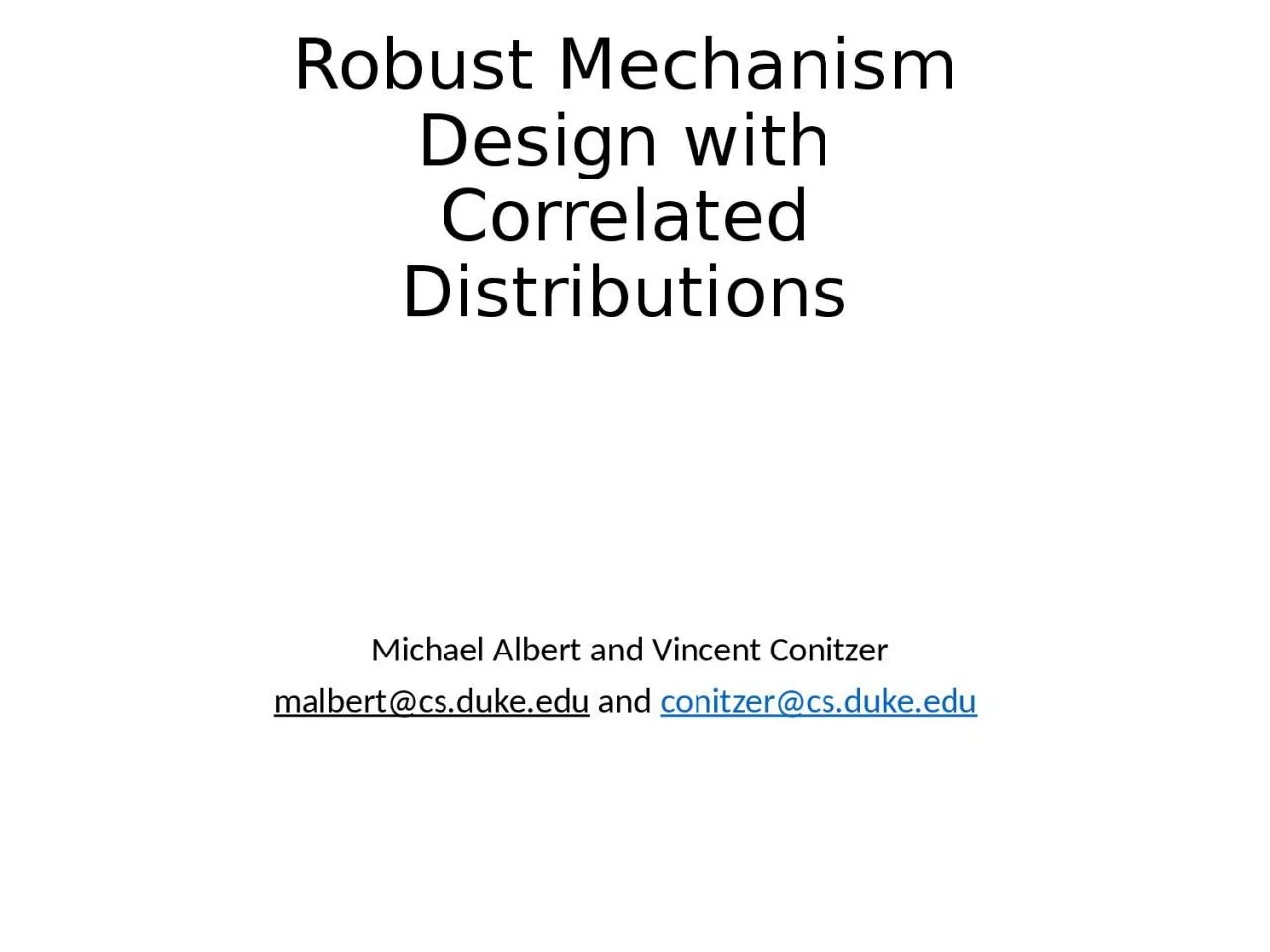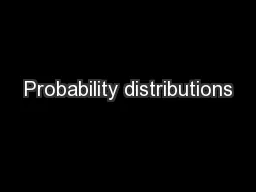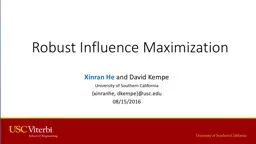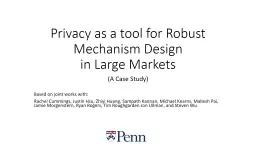PPT-Robust Mechanism Design with Correlated Distributions
Author : cora | Published Date : 2022-06-28
Michael Albert and Vincent Conitzer malbertcsdukeedu and conitzercsdukeedu PriorDependent Mechanisms In many situations weve seen optimal mechanisms are prior
Presentation Embed Code
Download Presentation
Download Presentation The PPT/PDF document "Robust Mechanism Design with Correlated ..." is the property of its rightful owner. Permission is granted to download and print the materials on this website for personal, non-commercial use only, and to display it on your personal computer provided you do not modify the materials and that you retain all copyright notices contained in the materials. By downloading content from our website, you accept the terms of this agreement.
Robust Mechanism Design with Correlated Distributions: Transcript
Download Rules Of Document
"Robust Mechanism Design with Correlated Distributions"The content belongs to its owner. You may download and print it for personal use, without modification, and keep all copyright notices. By downloading, you agree to these terms.
Related Documents














